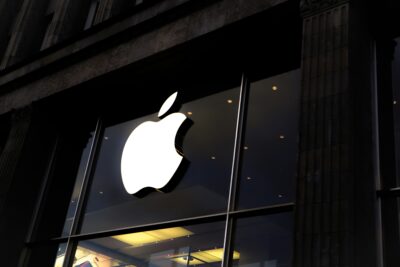
Apple Pay has been available in Finland for a year. Where’s Google Pay?
You can use your phone to pay for your shopping with Apple Pay or a multitude of downloadable apps. While we're waiting on Google Pay, Apple Pay remains the only built-in mobile payment method available in Finland.
In the spring, we wrote an article on mobile payments in Finland. As of now, nothing has changed: there are still plenty of mobile payment options to choose from, every one of them slightly different and supported by different partners. But one big name is still missing from the roster: Google Pay.
The service is not yet available in any of the Nordic Countries, but Google Pay is steadily gaining ground elsewhere in Europe.
“It will be interesting to see which banks support Google Pay when it eventually launches in Finland. Our three largest banks already have their own Android-based mobile payment solutions: MobilePay, Nordea Wallet and Pivo”, says Qvik’s Head of Design, Matias Pietilä. “Nordea has integrated Apple Pay with Wallet, however, so that solution could be on the table for Google as well.”
No detailed statistics on Apple Pay use in Finland have been published as of yet, but according to Paytrail’s survey, the payment method is most popular among Finnish users in the 24–30 age bracket, of whom one percent use Apple Pay.
“The adoption of Apple Pay has been hindered by the lack of support from Finnish banks.”
Google Pay could shake the field up
Android has an almost 70 percent market share in Finland, so Google Pay could make mobile payments routine for most citizens. Even though paying with Android phones has been possible through other apps for a long time now, we are still waiting for the big breakthrough.
“Maybe users don’t feel that using your phone to pay is that much more convenient than using your card”, Pietilä says. “The payment services haven’t been productized very well either – they take special effort and expertise to set up. For example, Pivo and Nordea Wallet are individual products that have to be installed and configured separately.”
Simple UIs usually do better than complex ones, so the manufacturers’ proprietary mobile payment solutions have an edge on the market. Mobile payments have the advantage that you can use facial or fingerprint recognition to confirm the payment instead of entering a PIN.
You can use Bluetooth or NFC to pay at the counter – digital payments still lag behind
Mobile wallets that support contactless payment will pop onto your phone’s screen when you pass it over the payment terminal, with no need to find, open and close the application. iPhones only support their proprietary Apple Pay system for NFC payments, but Android users can choose the NFC payment app to open when their phone comes within range of a payment terminal.
Some mobile payment services, like MobilePay, use Bluetooth instead of NFC technology. Unlike the automatic NFC-based apps, payment transactions using Bluetooth technology have to be initiated on the phone by opening the application manually.
“When talking about mobile payments, people usually focus on the changes to physical payment transactions, even though the greatest benefits are seen in digital payments, which are still pretty cumbersome”, Pietilä says.
In the future, the line between physical and digital payments will blur, and many shops will give up physical points of sale altogether.


